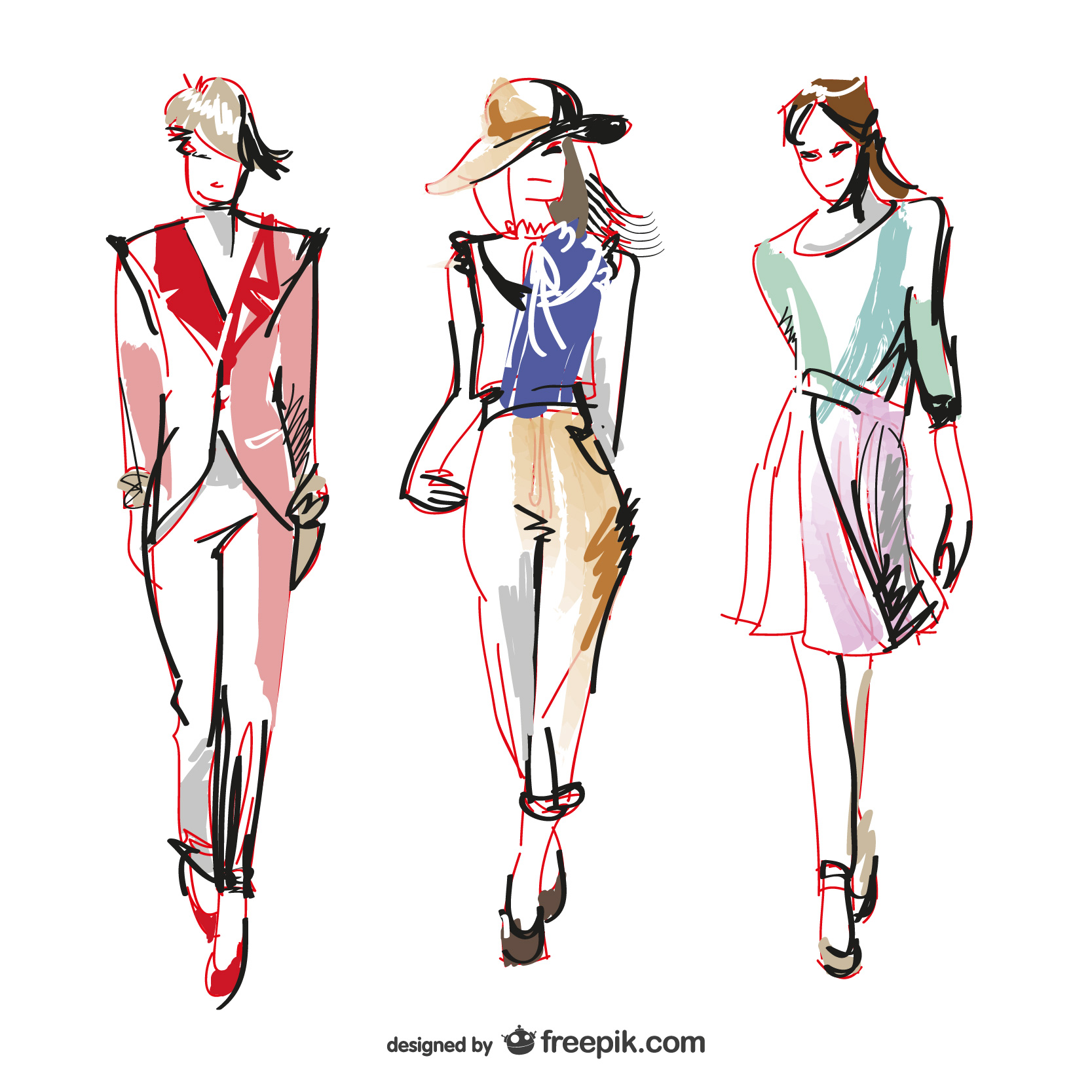👚French Level 2, Activity 06: Les vêtements / Clothing, Pronunciation (Face-to-Face)
Products: Clothing
Practices: French people tend to dress more formally than many of us in the United States are used to! For example, athleisure is discouraged anywhere outside of the gym, even if you are only going to the supermarket.
Perspectives: There is an emphasis on dressing well in France, even for “everyday” tasks as a matter of respect and self-care.
NCSSFL-ACTFL World-Readiness Standards:
- Standard 1.1: Students engage in conversations or correspondence in French to provide and obtain information, express feelings and emotions, and exchange opinions.
- Standard 1.2: Students understand and interpret spoken and written French on a variety of topics.
- Standard 2.1: Students demonstrate an understanding of the relationship between the practices and perspectives of the cultures of the francophone world.
- Standard 4.2: Students demonstrate understanding of the concept of culture through comparisons of francophone cultures and their own.
Idaho State Content Standards:
- COMM 1.1: Interact and negotiate meaning (spoken, signed, written conversation) to share information, reactions, feelings, and opinions.
- COMM 2.1: Understand, interpret, and analyze what is heard, read, or viewed on a variety of topics.
- CLTR 1.1: Analyze the cultural practices/patterns of behavior accepted as the societal norm in the target culture.
- CLTR 1.2: Explain the relationship between cultural practices/behaviors and the perspectives that represent the target culture’s view of the world.
NCSSFL-ACTFL Can-Do statements:
- I can introduce myself and others.
- I can describe what a person is wearing and what they look like.
- I can express myself in a comprehensible way.
Materials Needed:
Would you like to make changes to the materials?
Access the template(s) below:
- Fashion show checklist (Canva Template, free account required)
- Conversation cubes (3) (Canva Template, free account required)
Warm-up
1. Begin by introducing the Can-Dos for today’s activity.
2. In pairs, students will complete the “fashion show checklist.” They must ask their partner the questions on the sheet and then present them to the rest of the group. You can have them “walk down a runway” if you’d like to make it more fun or just have the student stand up.
Avec un(e) partenaire, vous allez compléter la liste pour un défilé de mode. Posez les questions et écrivez les réponses sur vos fiches. Après, vous allez présenter votre partenaire au groupe.
3. Give your students an example depending on what you are wearing. For example: “This is Justin, a man, wearing a beautiful red sweater with a gray scarf. He is also sporting tight blue jeans and black shoes with checkered socks.”
Par exemple, voici Justin, un homme, qui porte un beau pull rouge avec une écharpe grise. Il arbore aussi un jean moulant et des chaussures noires avec des chaussettes à carreaux.
Main Activity
Prononciation (eu), (u), (ou) avec les mots
1. Watch these two videos on pronunciation (linked in Google Slides).
https://prononcer.net/voyelles-eu-ou-phrases-courtes-francais-facile/
https://prononcer.net/voyelles-ou-u-phrases-courtes-francais-facile/
2. Go through the Google slides (4-14) and repeat the sentences from the video with your students.
Wrap-up
Objets indirects
1. Using the conversation cubes with “who does the action?” “the action is done to whom?” and “verbs”, students will make a complete sentence using these three items.
Utilisez ces trois dés, “qui fait l’action?”, “l’action est faite à qui?”, et “les verbes” pour créer une phrase complète avec un objet indirect.
For example: a student rolls “moi,” “ils/elles,” and “donner à” they can create a sentence like : “Je leur donne des fleurs.”
Par exemple, si vous lancez “moi,” “ils/elles,” et “donner à” vous pouvez créer une phrase comme : “Je leur donne des fleurs.”
End of Activity:
- Can-Do statement check-in… “Where are we?”
- Read can-do statements and have students evaluate their confidence.
- Encourage students to be honest in their self evaluation
- Pay attention, and try to use feedback for future activities!
NCSSFL-ACTFL Can-Do statements:
- I can introduce myself and others.
- I can describe what a person is wearing and what they look like.
- I can express myself in a comprehensible way.
CULTURAL Resources
https://www.youtube.com/watch?v=Sbelp5ouH7E
How to Remix a Pathways Project Activity
Feeling creative? The Pathways Project needs your help in remixing activities for the K-12 classroom.
Try taking an activity to the next level by:
- Add new content (something you’ve created or another OER source)
- Contribute additional activity suggestions
- Integrate authentic materials such as videos, infographics, photos, etc.
- Suggest how to implement the activity in the classroom
- Customize the content for a specific audience or group of learners (for example, K-5 learners or to differentiate for student’s needs)
We want to make it easy to share back with the larger Pathways Project Community! Simply, click this link to remix this activity.
Please consider sharing your remixed activity with us by emailing the activity link to Pathwaysproject@boisestate.edu so that Pathways continues to grow!


